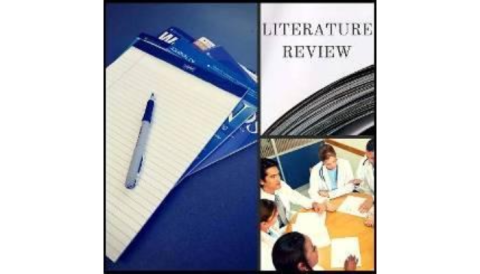Review: Wound Site as a Predictor in Deep Nail Puncture Complications
July 15, 2016
Temple University School of Podiatric Medicine Journal Review Club
Editor's note: This post is part of the Temple University School of Podiatric Medicine (TUSPM) journal review club blog series. In each blog post, a TUSPM student will review a journal article relevant to wound management and related topics and provide their evaluation of the clinical research therein.
Article title: Wound Site as a Predictor of Complication Following Deep Nail Punctures to the Foot.
Authors: MJ Patsakis, J Wilkins, WW Brien, VS Carter.
Journal name and issue: Western Journal of Medicine. May 1989. Vol. 150(5) (pages 545-547).
Reviewed by: Alia Karmali, Class of 2018, Temple University School of Podiatric Medicine.
A common injury to the plantar foot are nail puncture wounds. Many reports have analyzed the cause, diagnosis, and management of such wounds, however they only take into account patients who have required admission to a hospital. There have been no reports that reviewed hospitalization criteria for admission in the absence of infection of deep nail punctures of the foot. In this study, the site of puncture, condition of the nail and the foot covering at the time of puncture were compared in 36 inpatients with those of 34 outpatients who did not require hospitalization but were evaluated after the incident.
Methods
Thirty-six inpatients were admitted for infection following a nail puncture wound of the foot. Thirty-two of these patients were male. Of these patients, 75% had medical evaluation prior to their hospitalization and the majority were prescribed an oral antibiotic alone, or in conjunction with an intramuscular injection of cephalosporin. The average period of time between injury and hospitalization was 9 days.
Thirty-four patients who did not require hospitalization after a nail puncture wound to the foot were reviewed through their outpatient medical records of daily visits. 29 of these patients were male. Almost 62% of these outpatients were seen on the day of injury for medical attention.
Results
Of the 34 inpatients, 11 patients had combined pyarthrosis, 4 had osteomyelitis and 19 had a combination of both. The foot was divided into three zones to determine if the site of puncture wound injury influenced the need for hospitalization in inpatients and outpatients. Zone 1 includes the area that overlies the metatarsal necks and extends to the end of the toes distally. Zone 2 includes the areas that overlies the distal aspect of the calcaneus to the neck of the metatarsals. Zone 3 overlies the calcaneus. In 35 inpatients, the nail puncture wound was located in Zone 1. On the other hand, in 23 outpatients the wound was located in Zone 2. Of the 18 patients who were wearing tennis shoes during the time of injury, 78% required admission to the hospital. Furthermore, Psuedomonas aeruginosa was found from cultures of specimens from 13 of the 14 inpatients wearing tennis shoes. Lastly, the condition of the nail was found to not influence the need for hospital stay.
Discussion
The overall incidence following a nail puncture wound to the foot is 3-10%. Thus, it is important to identify patients who are at risk for complications so earlier treatment can be implemented. Of the 58 wounds that were categorized into zone classifications, 50% were in Zone 1, 17% were in Zone 2, and 33% were in Zone 3. In this study, puncture wounds in Zone 1 were at highest risk for subsequent development of osteomyelitis, pyarthrosis or both. This can be attributed to the smaller amount of soft tissue overlying the metatarsal heads, a primary weight bearing area of the foot. Next, this study further supported that P. aeruginosa infection is predisposed by the wearing of tennis shoes during nail puncture.
Conclusion
Based on the findings from this study, hospital admission should be considered for patients with wounds located in Zone 1 even in the absence of clinical infection. Furthermore, antibiotics should be prescribed to patients wearing tennis shoes at the onset of injury.
About the Authors:
Alia Karmali is a second year podiatric medical student at Temple University School of Podiatric Medicine (TUSPM) in Philadelphia, Pennsylvania. She graduated from the University of Washington in Seattle, Washington in 2014 with a Bachelor of Science in Biology. During her undergraduate career, Alia was an active member in the Health Care Alternative Club and volunteered with the Al-Shifa clinic.
Dr. James McGuire is the director of the Leonard S. Abrams Center for Advanced Wound Healing and an associate professor of the Department of Podiatric Medicine and Orthopedics at the Temple University School of Podiatric Medicine in Philadelphia.
The views and opinions expressed in this content are solely those of the contributor, and do not represent the views of WoundSource, HMP Global, its affiliates, or subsidiary companies.








